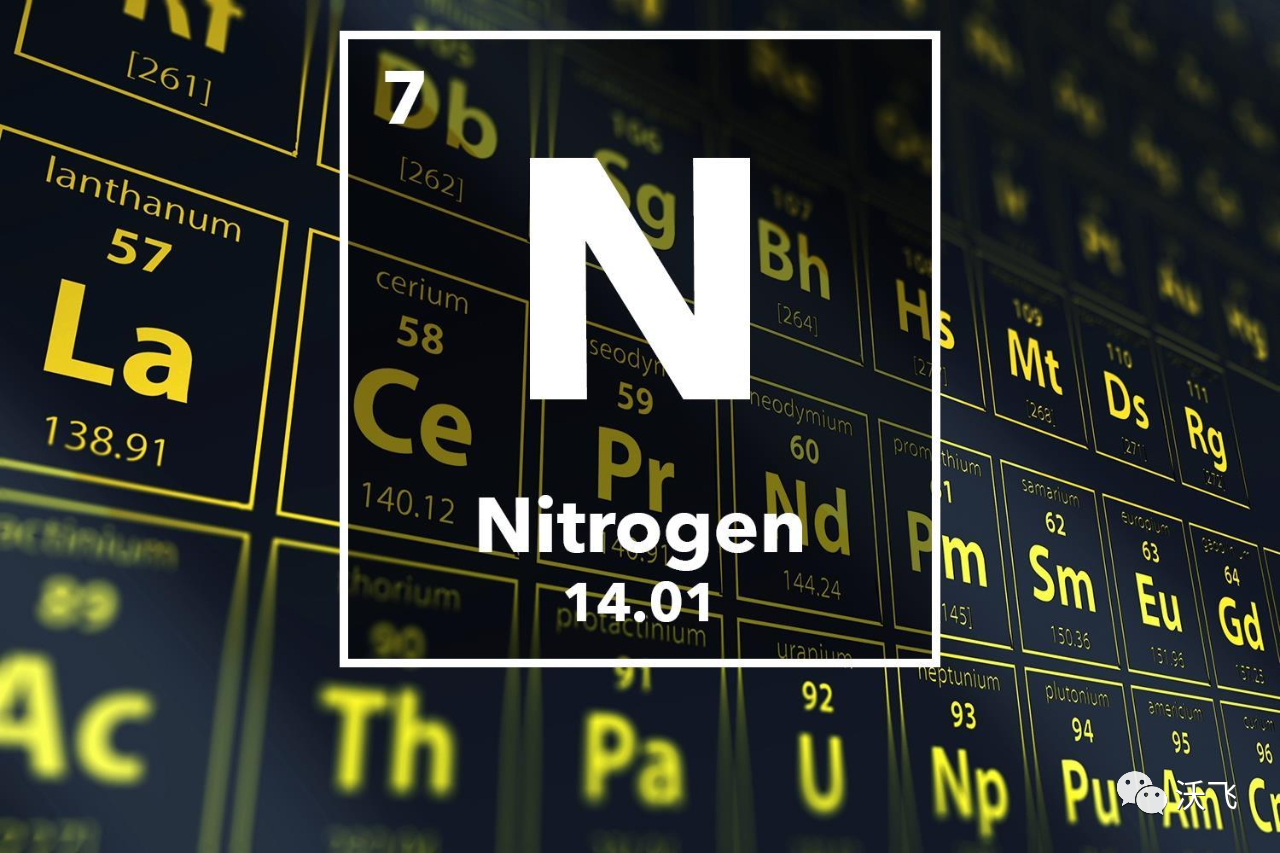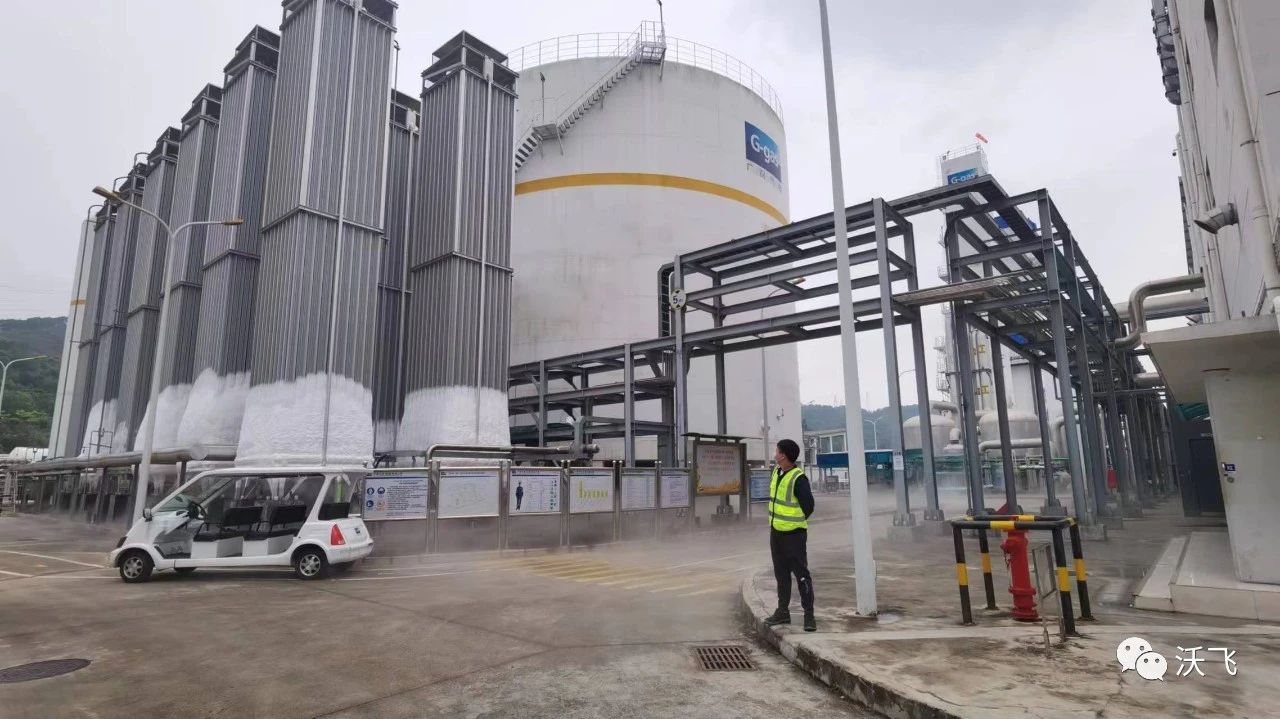Due to its inert nature, gaseous nitrogen can be used in a variety of purging, covering and flushing operations. Depending on the type of process involved, different levels of nitrogen purity are required to meet unique manufacturing needs.
What is Nitrogen Purity?
Nitrogen purity is the percentage of nitrogen present in a sample taken from its stream compared to the impurities present. Nitrogen can be classified as high or low purity based on the ratio of pure gas to contaminants such as oxygen, water vapor, carbon monoxide and carbon dioxide.
This classification based on nitrogen concentration plays a key role in determining the suitability of nitrogen for any industrial process.
High Purity vs. Low Purity Nitrogen
The purity of a nitrogen sample is determined by the percentage/concentration of pure nitrogen in it. For a gas to be categorized as high purity, it must contain at least 99.998% nitrogen, whereas lower purity nitrogen typically contains a higher percentage of impurities.
High Purity Nitrogen
Gaseous nitrogen with a concentration above 99.998% is considered a high purity fraction. High purity nitrogen can be graded in different ways by different manufacturers, but they are mostly considered “zero grade” fractions. Zero-grade high-purity nitrogen is categorized as such because they contain hydrocarbon impurities of less than 0.5 parts per million.
Other key characteristics of high purity nitrogen are:
Oxygen concentration ≤ 0.5 ppm
Carbon monoxide/carbon dioxide not more than 1.0 ppm
Moisture not greater than 3 ppm
Low purity nitrogen
Nitrogen with a purity of 90% to slightly less than 99.9% is considered low purity.
Nitrogen Purity Classification
The classification of pure nitrogen is accomplished through a grading system using numbers within each lowest purity grade. The first number of each grade refers to the number of “nines” that appear within it, while the second number represents the number after the last nine digits.
Purity grades of nitrogen are categorized as N2.0, N3.0, N4.0, N5.0, N6.0, and N7.0.
What is ultra-high purity nitrogen?
Ultrahigh-purity nitrogen is nitrogen with a concentration of 99.999% and negligible impurities. Nitrogen specifications are stringent and variations invalidate the classification.
The gas must not contain more than two parts per million by volume (ppmv) of oxygen, 0.5 parts per million by volume of total hydrocarbons, and one part per million by volume of moisture). Nitrogen is commonly used for scientific applications.
What is oxygen-free nitrogen?
Oxygen free nitrogen (OFN) is defined as gaseous nitrogen containing no more than 0.5 parts per million (ppm) of oxygen. OFN gases are typically maintained at 99.998% purity. This grade of nitrogen is used in scientific research and calibration processes where oxygen impurities may alter results or cause incorrect results.
Nitrogen Purity Levels by Industry/Application
As mentioned above, the concentration of nitrogen required for different industrial processes varies greatly. The key consideration in selecting a nitrogen grade is the effect of impurities on the chosen application. Sensitivity to moisture, oxygen and other contaminants are key factors to consider.
Food Grade Nitrogen / Beverage Grade Nitrogen
Nitrogen is commonly used in different steps of food/beverage production, packaging and storage. Nitrogen in food packaging and processing is used to maintain the shelf life of processed foods/beverages by eliminating food oxidants, preserving flavor and preventing rancidity. The purity required for food grade nitrogen is typically in the range of 98-99.5%.
Pharmaceutical Grade Nitrogen
Pharmaceutical manufacturing processes require high purity to prevent contamination and alteration of the final product. Many pharmaceuticals require high grade nitrogen with purities between 97-99.99%. This high to ultra-high purity nitrogen is used to cover nitrogen tanks, containers and other drug manufacturing equipment.
High purity nitrogen is also used in pharmaceutical packaging to help maintain freshness and prevent deterioration of active ingredients.
Gaseous nitrogen with 95-99% purity is used in the oil and gas industry to reduce the risk of fire and explosion during the process. Inerting chemical storage tanks and purging pipelines with gaseous nitrogen helps minimize the risk of sudden combustion of their contents.
Pipeline maintenance services often use pressurized nitrogen for pipeline cleaning and pipeline decommissioning processes.
Industrial Nitrogen Grade Purity
Some industrial applications and their nitrogen grade requirements are outlined below.
Electronics and Semiconductor Manufacturing Grade Nitrogen
Typical nitrogen content requirements in electronics and semiconductor manufacturing are usually at least 99.99-99.999%. Some processes such as parts cleaning and adhesive coverage use lower concentrations of nitrogen (95-99.5%).
Plastics Manufacturing Grade Nitrogen
Nitrogen grade requirements for plastics synthesis are 95-98% for injection molding, 99.5% for gas-assisted injection molding, and 98-99.5% for blown film extrusion.
Metal processing grade nitrogen
The nitrogen content of metal processing grade varies greatly, from 95-99% for heat treatment to 99-99.999% for laser cutting process.
Power generation grade nitrogen
Nitrogen in the 95-99.6% range is required for power generation processes such as air seal blowdown, boiler lining, natural gas pipeline blowdown and water softening overlay.
Post time: Jul-11-2023

